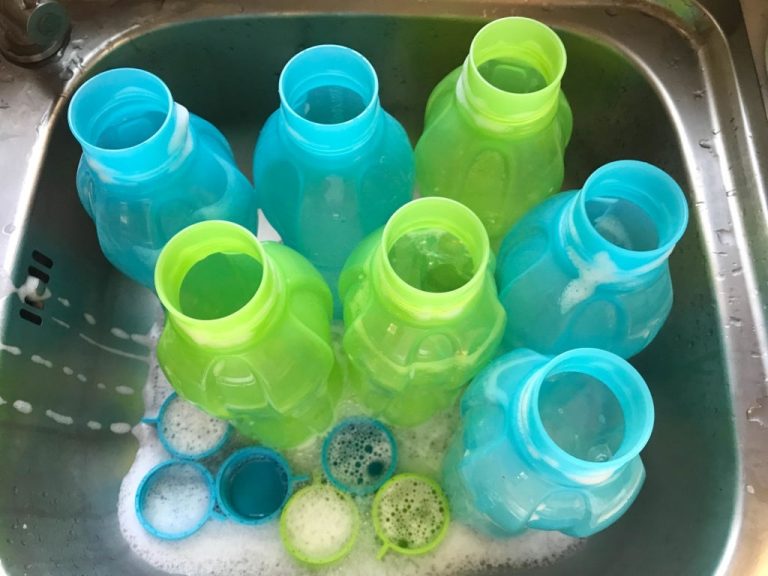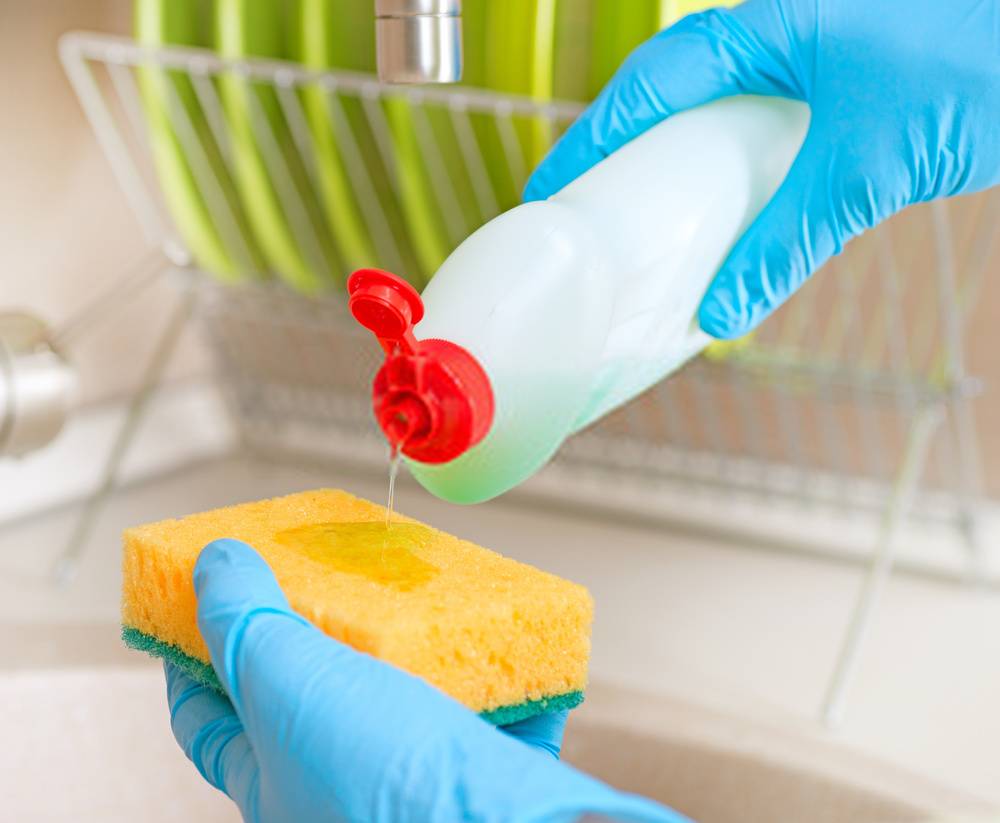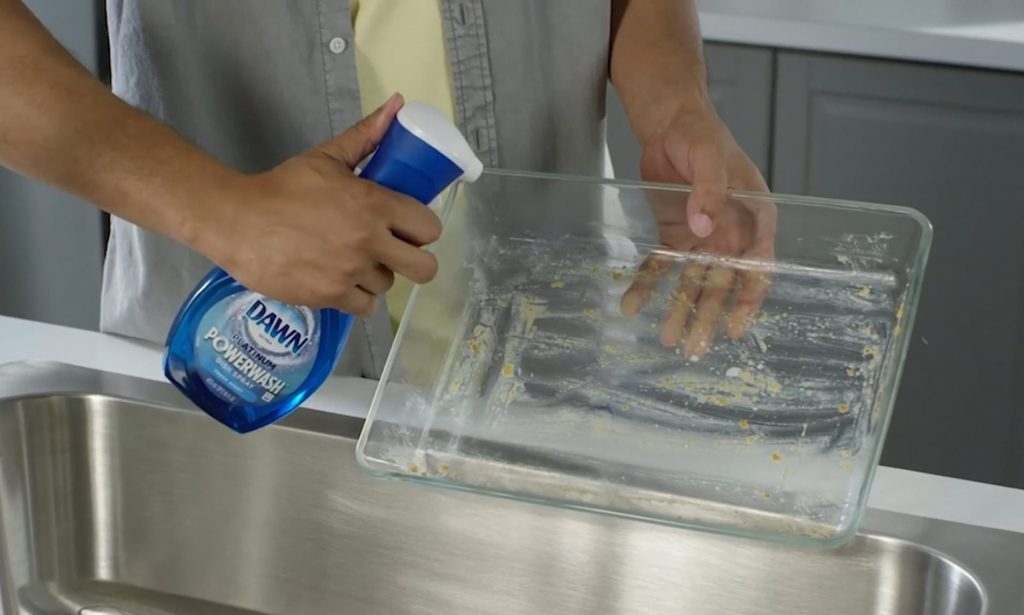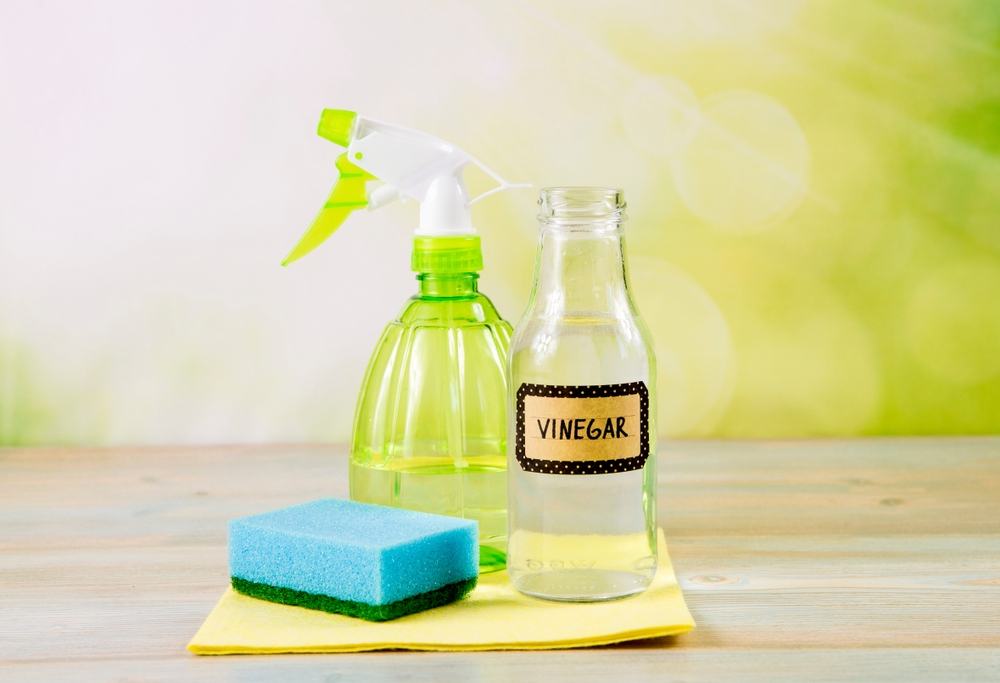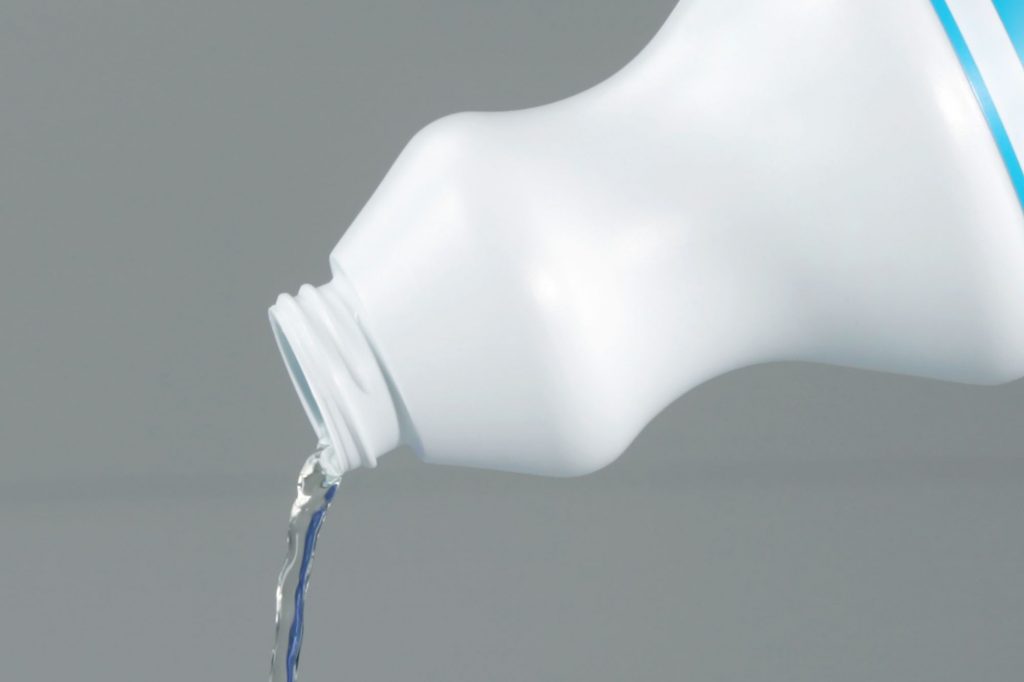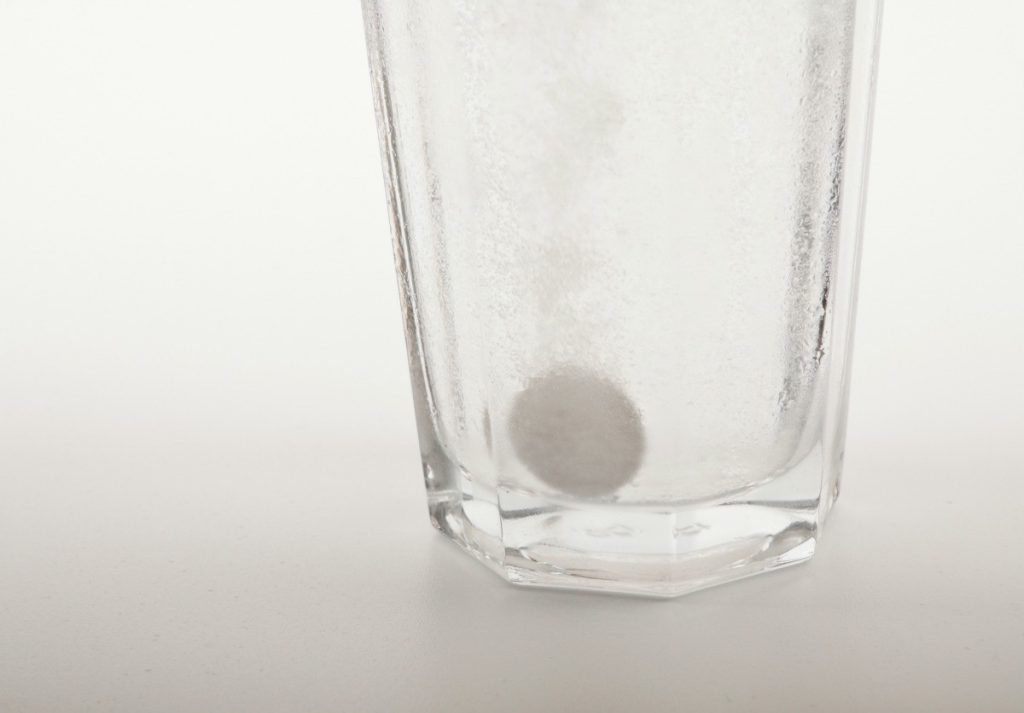With so many new diseases emerging every day, it’s important to take preventative measures to stay healthy. A periodic cleaning routine is one of them. Bacteria, viruses and fungi are everywhere and can easily proliferate in moist environments.
For this reason, it’s advisable to disinfect all surfaces and commonly used articles directly exposed to water. Cleaning your water bottles after each use is certainly one of the best strategies to stay protected from some common illnesses.
There are many effective products today to eliminate pathogens from all types of water bottles. However, you can also prepare homemade formulas as effective as commercial products. Today, we’ll show you how to clean your bike water bottle with ingredients commonly used at home.
How To Clean a Water Bottle with Home Ingredients
-
Using a dishwashing liquid
Not all water bottles can be washed in a dishwasher. So, it’s convenient to check the washing instructions of your water bottle before getting started. If there’s no problem, you can proceed. First of all, place the bottle inside the upper rack, near the spray arms. Then, turn on the dishwasher and activate the hot washing cycle to eliminate all pathogens.
Finally, take the water bottle out of the dishwasher and place it in a cool place to dry completely.
-
Using soapy water
Using a mix of dishwashing soap and hot water is another effective method to eliminate all kinds of pathogens that can grow on your water bottle. Scrub the edges around the bottom of the bottle, where contaminants usually accumulate. Also scrub each corner of the mouthpiece, which is the area most exposed to viruses, fungi, and bacteria.
After washing, use a paper towel to remove the excess water, and then let the bottle to air-dry in a cool place.
-
Using white vinegar
You can also make a powerful antibacterial by mixing equal parts of white vinegar and water. Pour half a cup of the mixture into the bottle and then seal it with the cap. Then, leave the solution to take effect overnight.
The next morning, shake the bottle well so that the solution penetrates the surface and eliminates all accumulated gunk. Finally, rinse the bottle with hot water and let it dry in a cool place.
-
Using hydrogen peroxide
Hydrogen peroxide is by far one of the best products to disinfect water bottles. To apply this method, first wash the bottle with dishwasher liquid and hot water. Then, fill the bottle with a ¼ cup of peroxide and seal it with the bottle cap. Shake the bottle for 10 seconds to remove all accumulated gunk in the surface. Finally, pour out the peroxide and rinse with hot water.
-
Using baking soda and vinegar
The mixture of baking soda and vinegar is particularly effective to remove stubborn stains and mold from water bottle lid. If it has been a long time since you last cleaned your water bottle, the sole action of dishwashing liquid won’t be enough to eliminate pathogens.
Mix white vinegar and baking soda at a 2:1 ratio. Then, fill the bottle with the solution and let it to take effect overnight. The next morning, pour out the solutions and scrub the surface to remove the gunk. The combined action of vinegar and baking soda helps to soften all accumulated residues in the bottle.
-
Using chlorine
When homemade recipes aren’t enough to guarantee proper disinfection, you need to apply something more powerful. Chlorine has incredible disinfecting properties and is effective against fungi, viruses, and bacteria. To use it, fill the bottle with tap water and then pour a teaspoon on chlorine into the water. Mix well and wait 5 minutes.
Finally, scrub the surface with a long scrub brush, pour out the chlorine solution and rinse with fresh water.
-
Using water cleaning tablets
Those water-soluble tablets that people usually use to disinfect dentures are also effective for cleaning water bottles. To use them, just fill your bottle with tap water and then drop a tablet into the water. Wait at least 30 minutes for the product to take effect. Finally, pour out the solution and rinse with hot water.
Remove Bad Odors From Water Bottles
Over time, water bottles tend to generate bad odors. The main cause of this is the proliferation of pathogens and the decomposition of accumulated residues. This also happens when you frequently store acidic juices inside plastic bottles.
To remove bad odors, fill the bottle with hot water and then add a teaspoon of chlorine and two tablespoons of baking soda. Leave the solution to take effect overnight.
The next morning, pour out the solutions, rinse with hot water and let the bottle to air-dry in a cool, ventilated environment. Storing your water bottles inside the kitchen cabinets can also generate bad odors and mold stains on the internal walls of the cabinets.
Regular cleaning tips
- It’s recommended that you wash your water bottle every day after each use. Just apply any of the methods explained above to ensure complete disinfection. Scrub well the inside walls, the outside and the bottle nozzle.
- Before leaving the bottle to air dry, it’s a good idea to dry the excess water on the inside of the bottle with an absorbent towel. Pathogens can easily proliferate in places exposed to water, and the smallest drop is sufficient to cause this effect. Also, turn the bottle upside down to let the water drops escape.
- If your water bottle has straws, it’s recommended to invest the required money in high quality straw They’re thin enough to be introduced into the straws to remove the accumulated gunk.
- If you don’t have any kind of cleaning products at home and you want to disinfect your water bottle, don’t worry. Fill a pot with tap water and heat it on the stove until the water boils. Then, turn off the fire and soak the bottle and the cap into the water and wait at least 5 minutes.
- Before washing your water bottle with the dishwasher, check the recommendations on the user manual. Some models aren’t safe for dishwasher because the external coating tends to peel off and scratch very easily.
FAQ
Q. 1: How often a water bottle should be cleaned?
A. It’s recommended to wash water bottles at least once a day, after each use. This way, you’ll avoid the proliferation of pathogens and the accumulation of residues inside the bottle.
Q. 2: Can water from a dirty bottle make you sick?
A. Yes. Dirty bottles can contaminate water with fungi, viruses and bacteria. Drinking contaminated water can produce dizziness, nausea and diarrhea in the best scenario. However, in the worst of cases, the consequences can be much serious, including gastric infections and even death.

